The World Outside is Infinite, Interview with Sofia Patarqlishvili
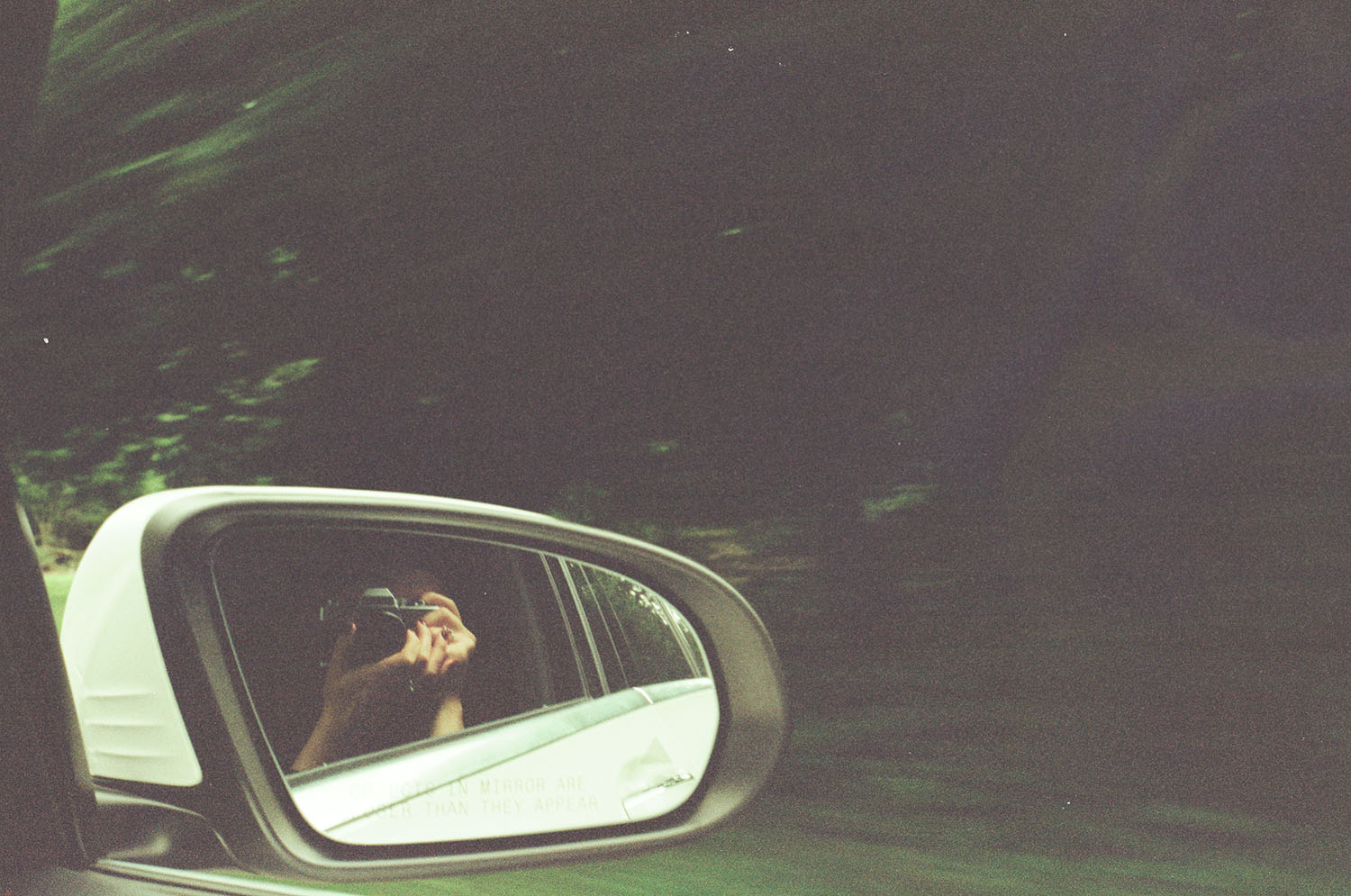
Hello Sofia! Thank you so much for this opportunity to get to know a bit more about yourself and your stunning work. Could you please introduce yourself to our readers?
Welcome, and thank you for your attention.
I am 22 years old, I live in the most beautiful small town of Georgia in Kvareli, where many great artists were born. I have been passionate about photography since I was 13-14 years old, and it was caused by the amazing images before my eyes, and I wanted to capture them. Despite the non-professional equipment for that time, I was happy to capture successful shots. After some time, I upgraded my camera and was able to take much better photos. I soon realized that I enjoyed capturing the momentary variety of emotions in people. I started working on portraits, I encountered many difficulties and hardships, but I can confidently say that I did not allow myself to give up and slowly moved forward. I think as a self-taught photographer, my work isn’t bad.
Your photographs have a distinct vintage look, from the clothes used to the colours, creating a timeless aesthetic. Could you tell us a little more about this choice?
I always liked the style of dress, fashion, taste, art of the previous era. I was inspired even by shots from the art of cinema, and I wanted to revive my own unusual creative imagination in this direction and establish a worthy place in my creativity. Which, I think, caused interest and other photographers were sympathetic to my decision, it was appreciated. Proof of this is that last year my work was placed on the cover and inside of the professional magazine “Drizzel Magazine”.
Whether indoors, on the street, or outdoors, you carefully choose backgrounds that harmonize with the models and their clothing, contributing to this particular look. Do these choices come spontaneously, or do you plan ahead to ensure everything looks just right?
There have been both cases when I executed the idea with prior planning and when I took a shot spontaneously, especially when I wander around the old districts of the capital, Tbilisi and choose shots.
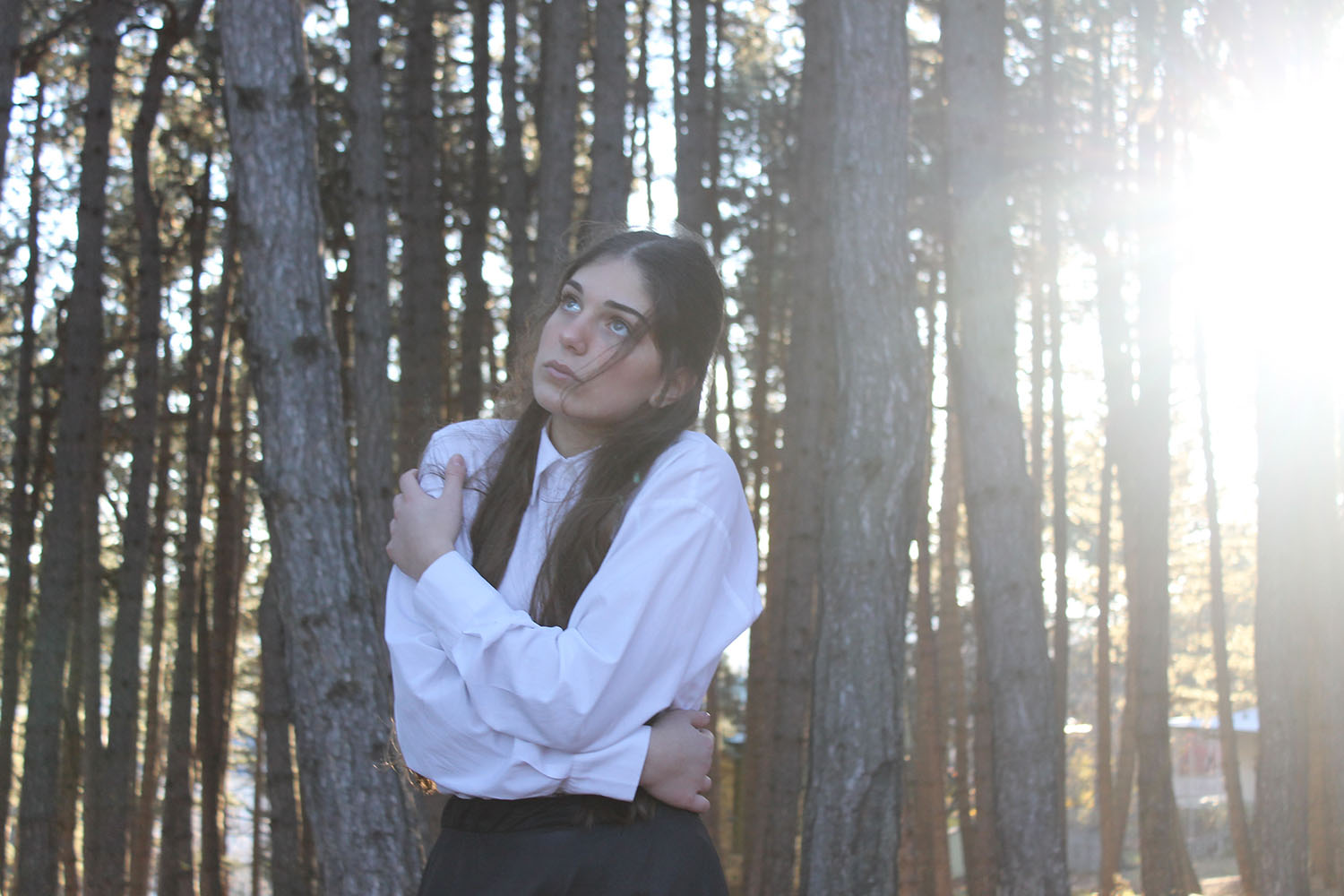
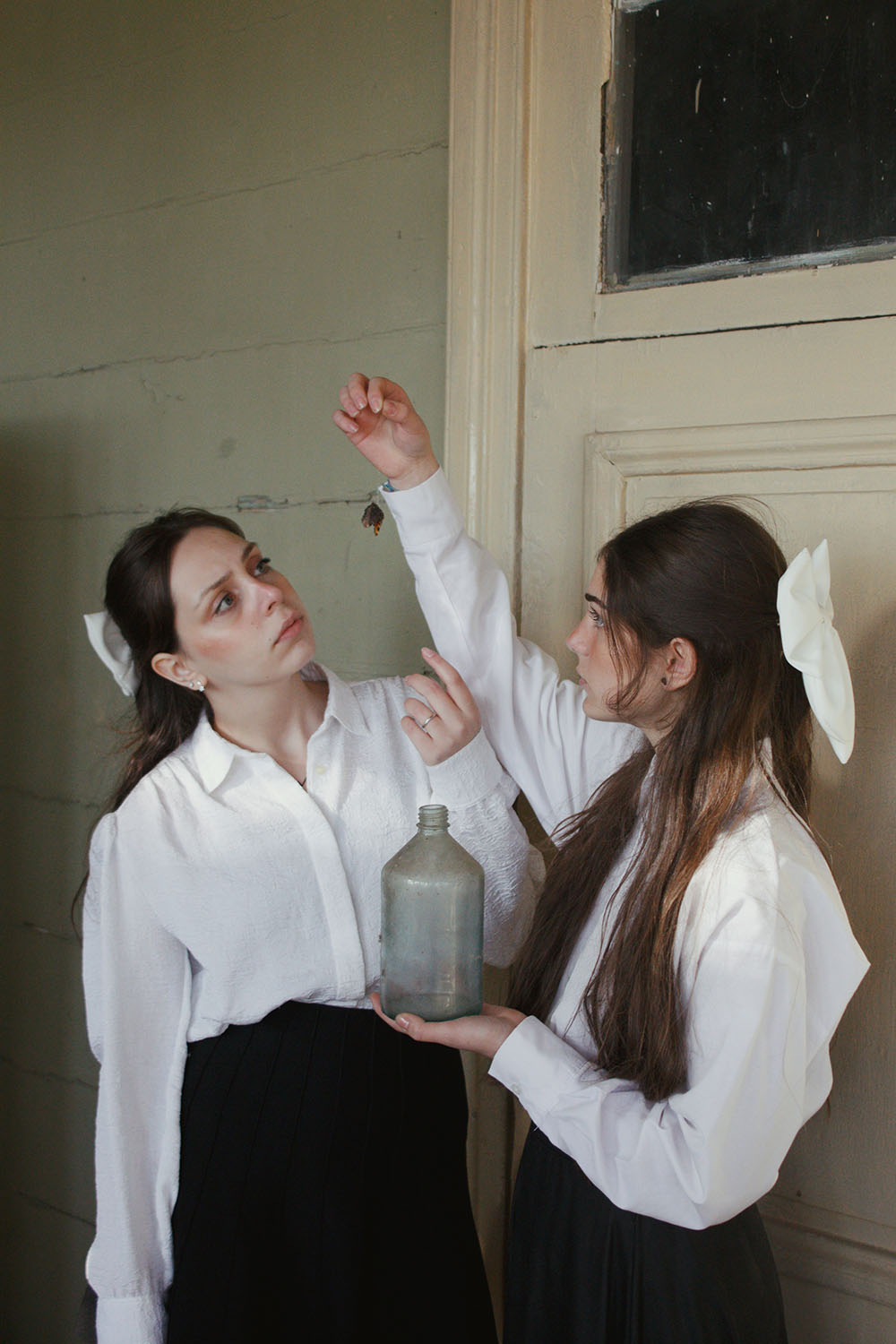
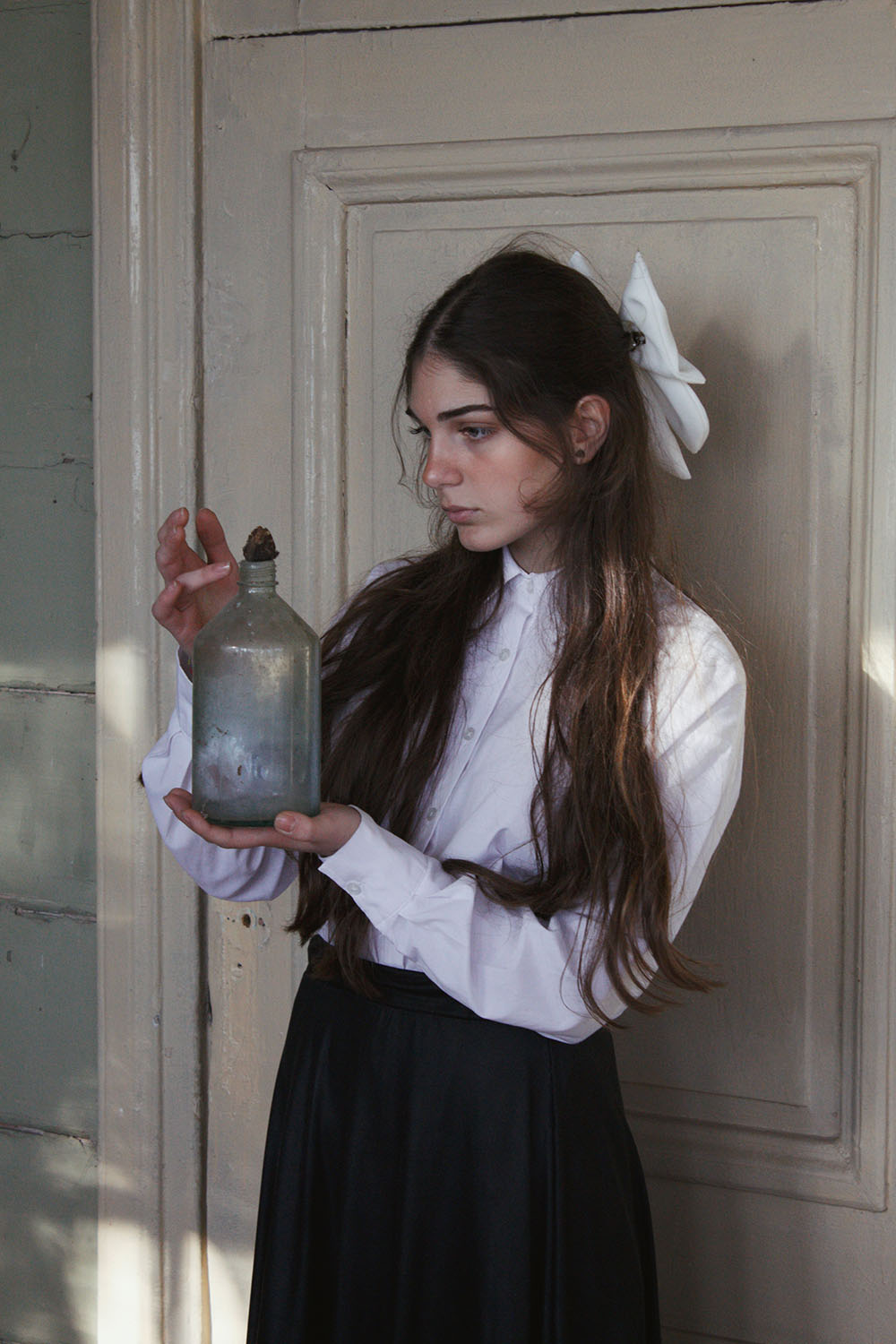
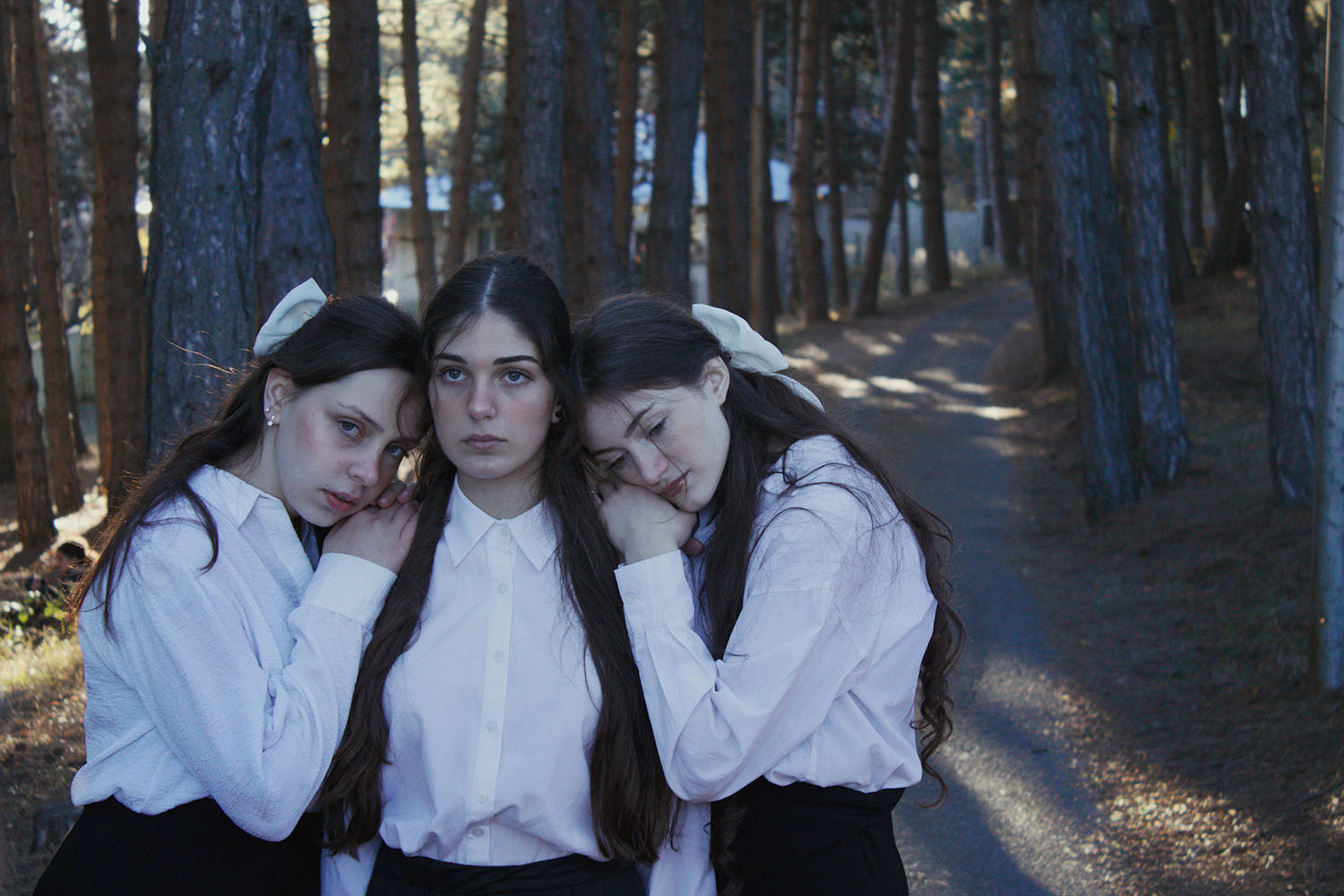
You often take self-portraits and mirror selfies, and each of these photographs seems to be taken with the same level of care as those portraits you take of others. Do you agree that a self-portrait represents a milestone in time, a message you leave for your future self?
I think that at such a time, the authors themselves become interesting to present along with the time in which I am. If I refer to the past era, I represent the era of my time with my self-portraits and selfies, which is a message of its own kind for future generations.
At some point, you took your vintage aesthetic further by acquiring a film camera, the beautiful Minolta SRT 100X. Can you tell us about your journey into the world of film photography?
The film camera is very interesting to me precisely because of its old aesthetics. It is much deeper in terms of imaging than modern cameras. A digital camera has made a lot of things really easy, but you need a computer, whereas a film camera requires time. Working on a digital camera is practical, you press your finger and immediately see the image, you can make corrections and shoot until you get the desired result. In my opinion, it changes the photographer’s mindset and can even make them lazy. With a film camera, the time frame is limited, and you need to think before you snap, which forces you to delve deeper into the project you’re working on.
Do you scan your film rolls at home, or do you prefer to leave this task to a trusted laboratory?
I am planning to set up my own laboratory, but before that, I entrust my work to professionals in this field.
Thanks again, Sofia, for this opportunity to learn more about your work! To conclude this interview, what direction do you envision for your photography? Do you aim to increasingly photograph people in their environments – outdoors, in fields, on the streets, or do you see yourself moving towards more studio work?
Of course, I prefer the open space because there is more inspiration, ideas are more diverse, and opportunities to create real, sophisticated, interesting, and original photos. The studio is an artificial environment, narrow and limited, while the outside world is infinite.
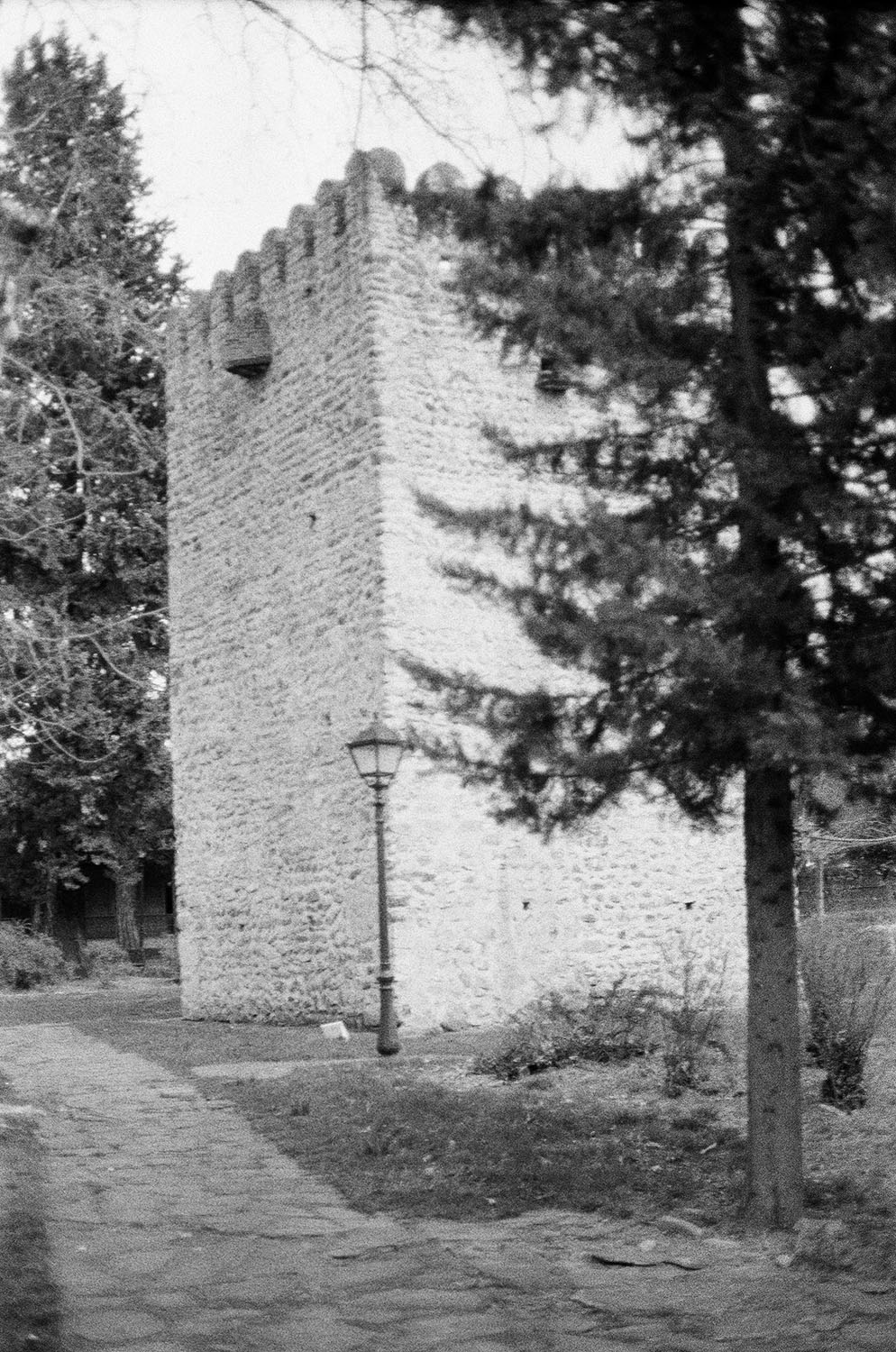
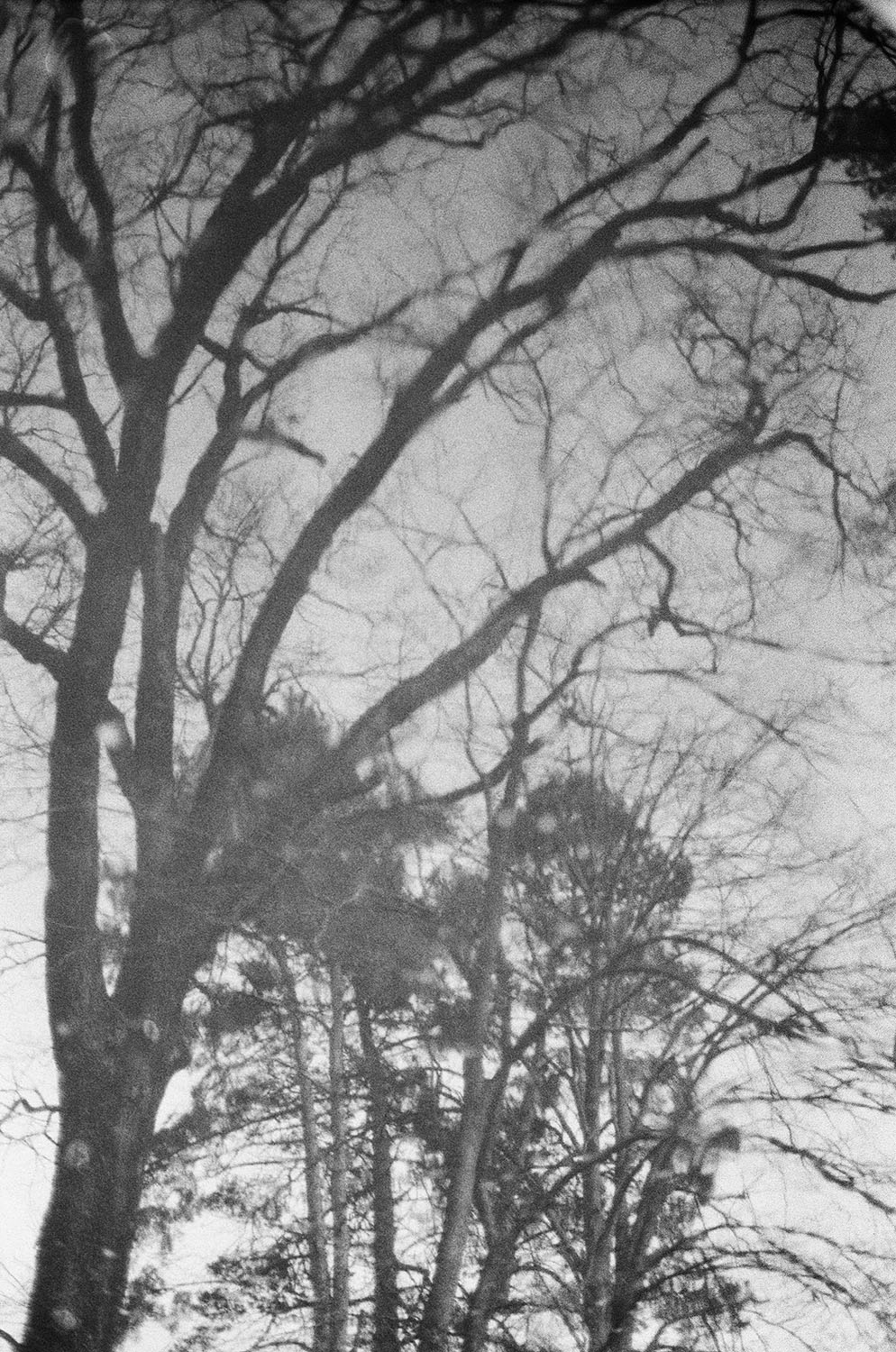
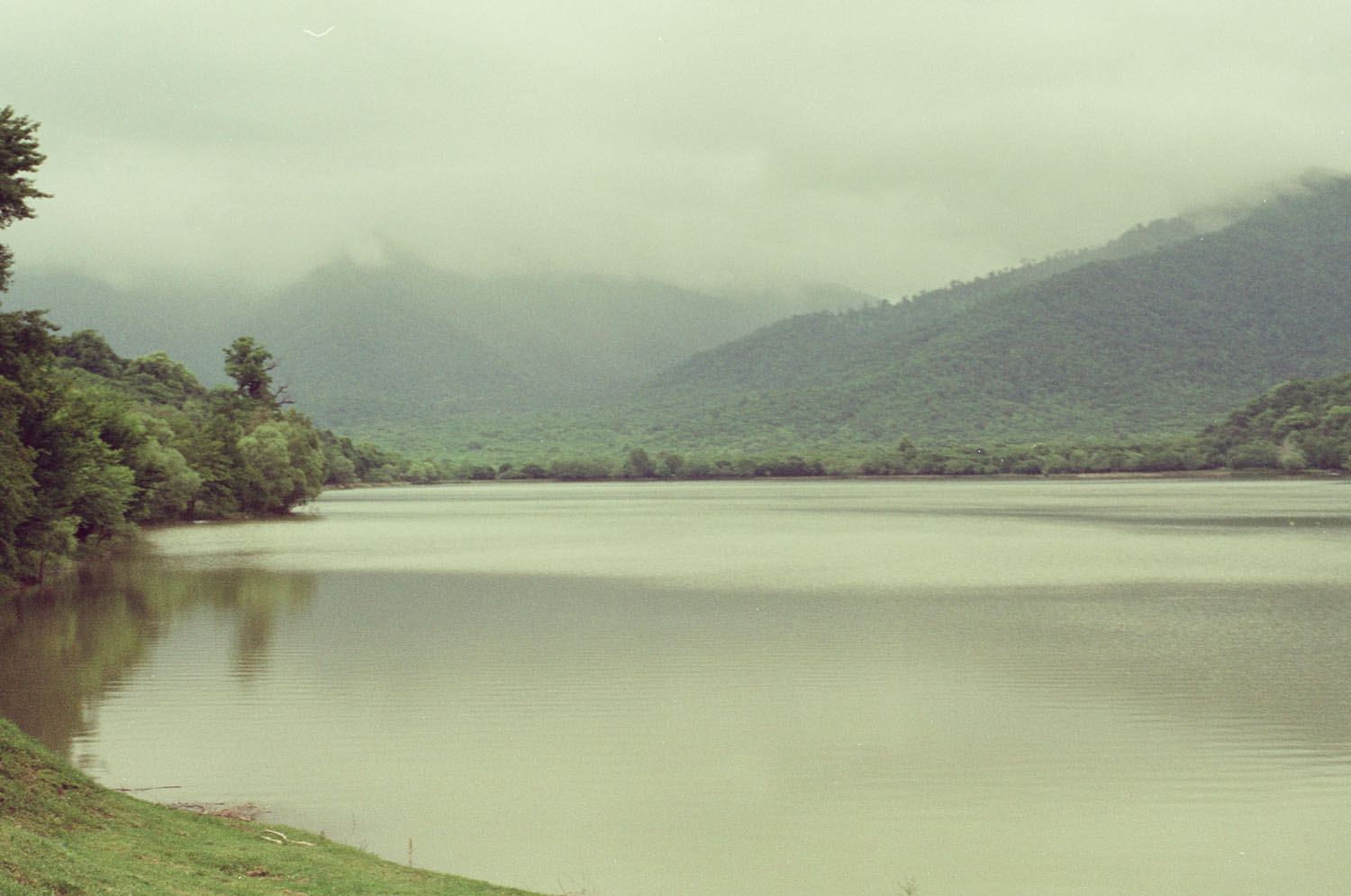
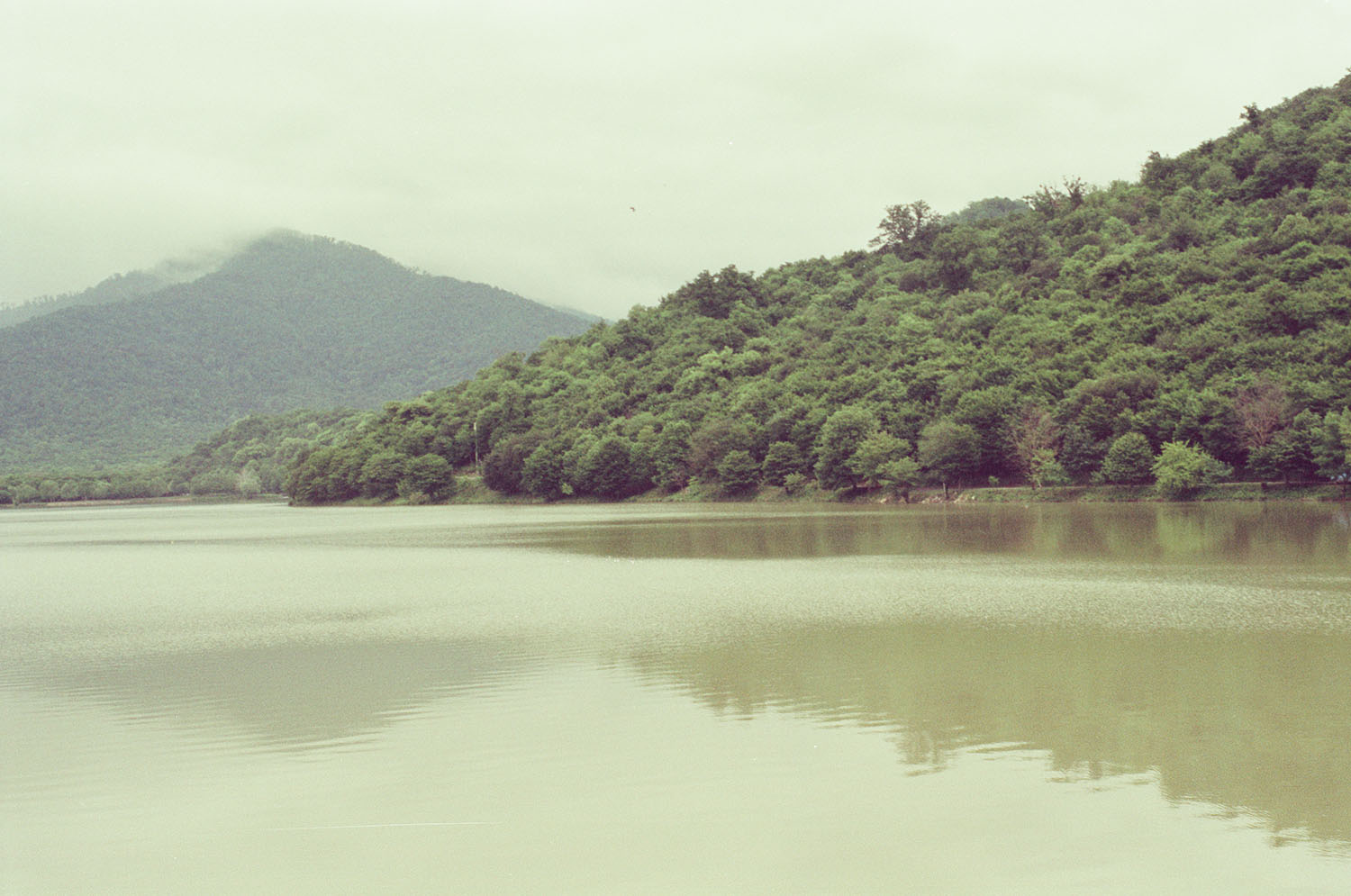
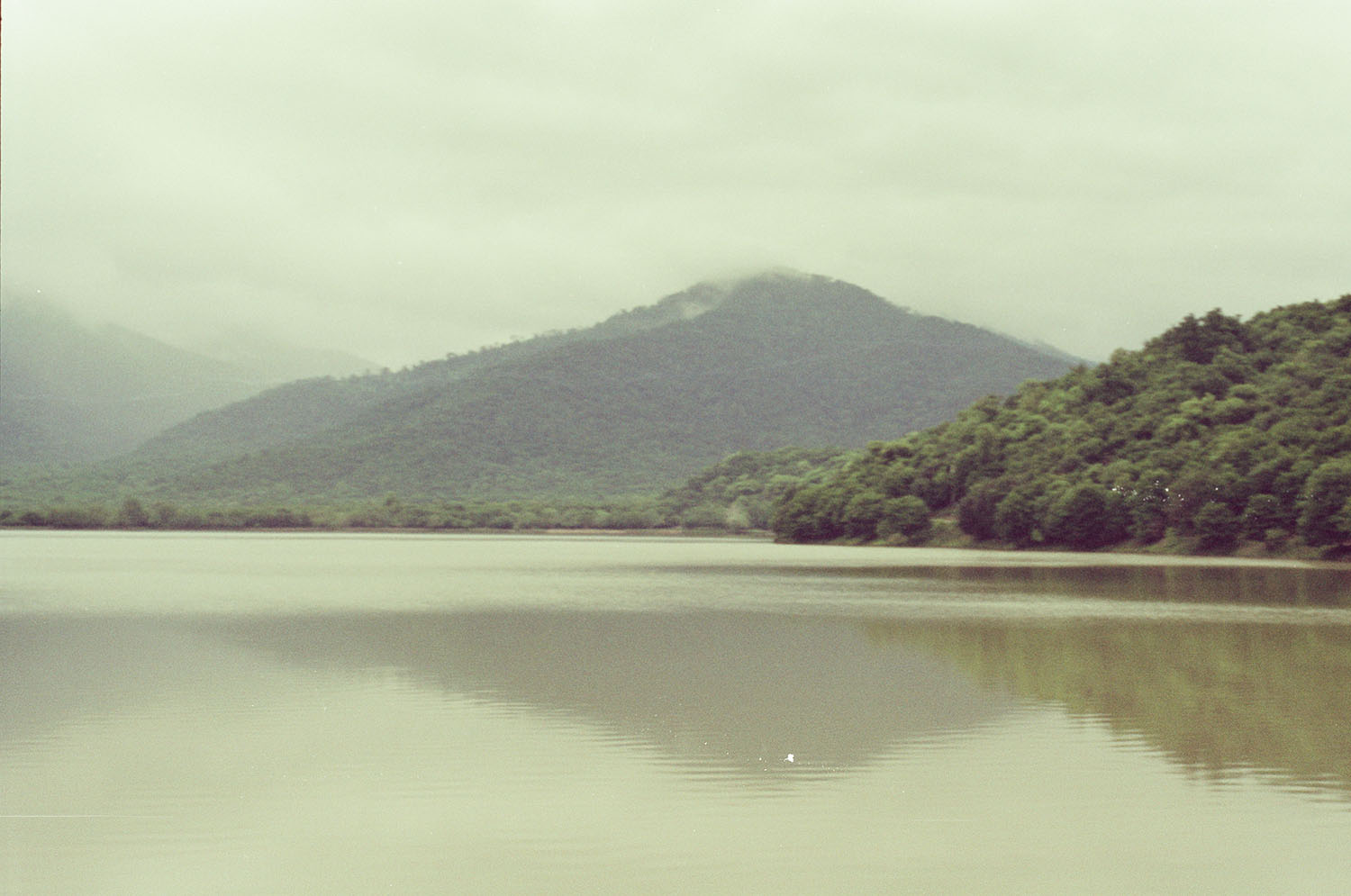
Kentmere PAN 100
Fujicolor C200
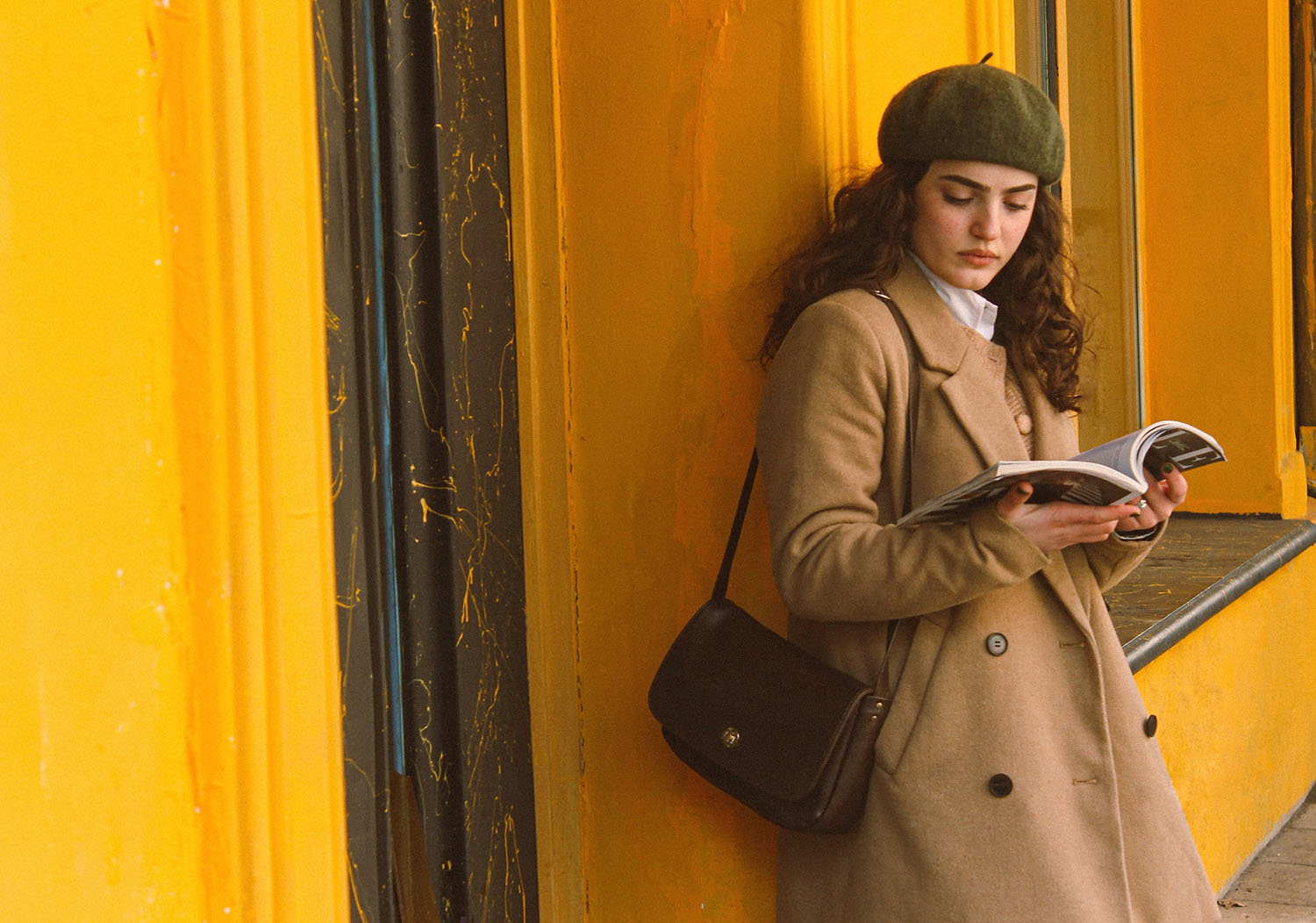
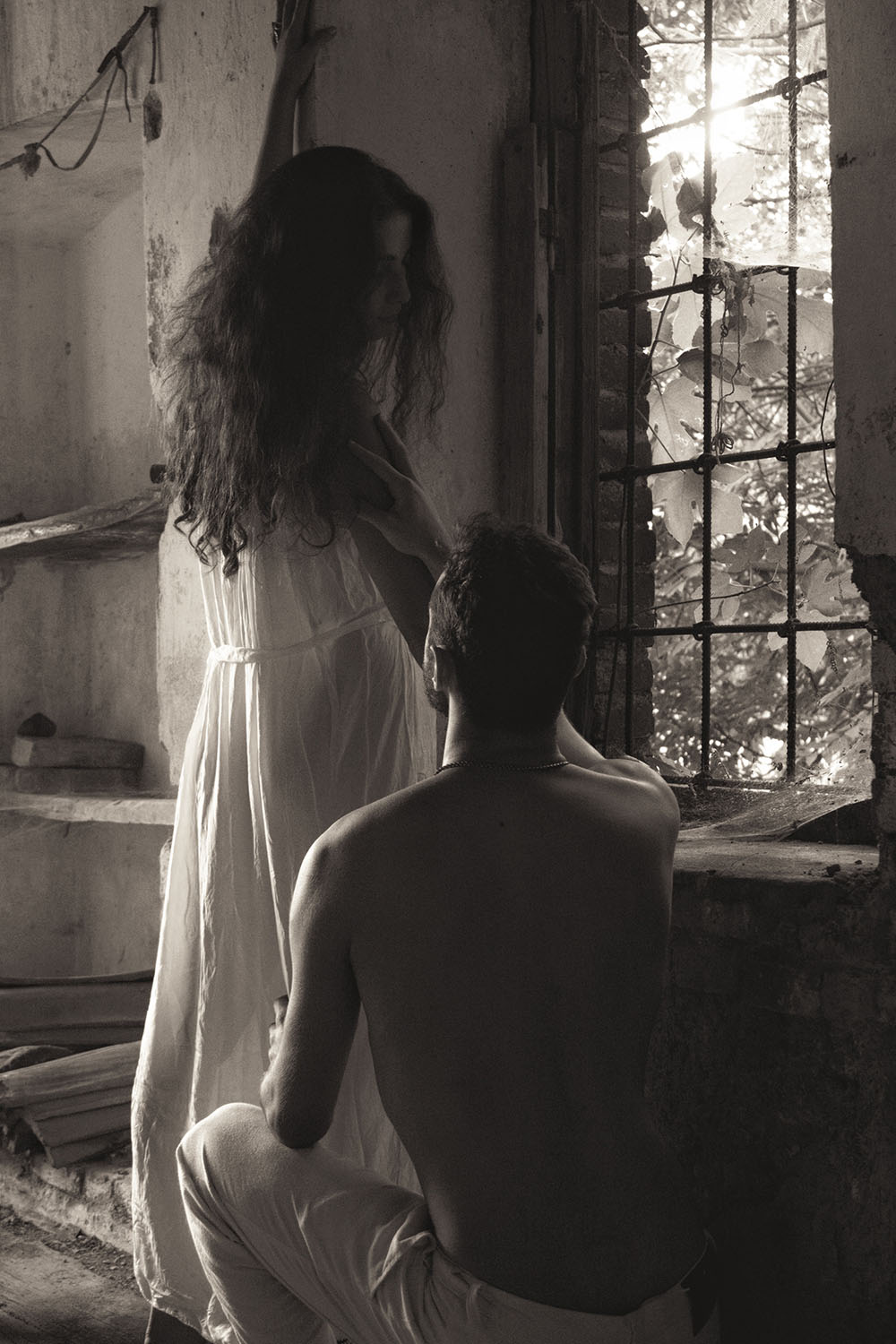
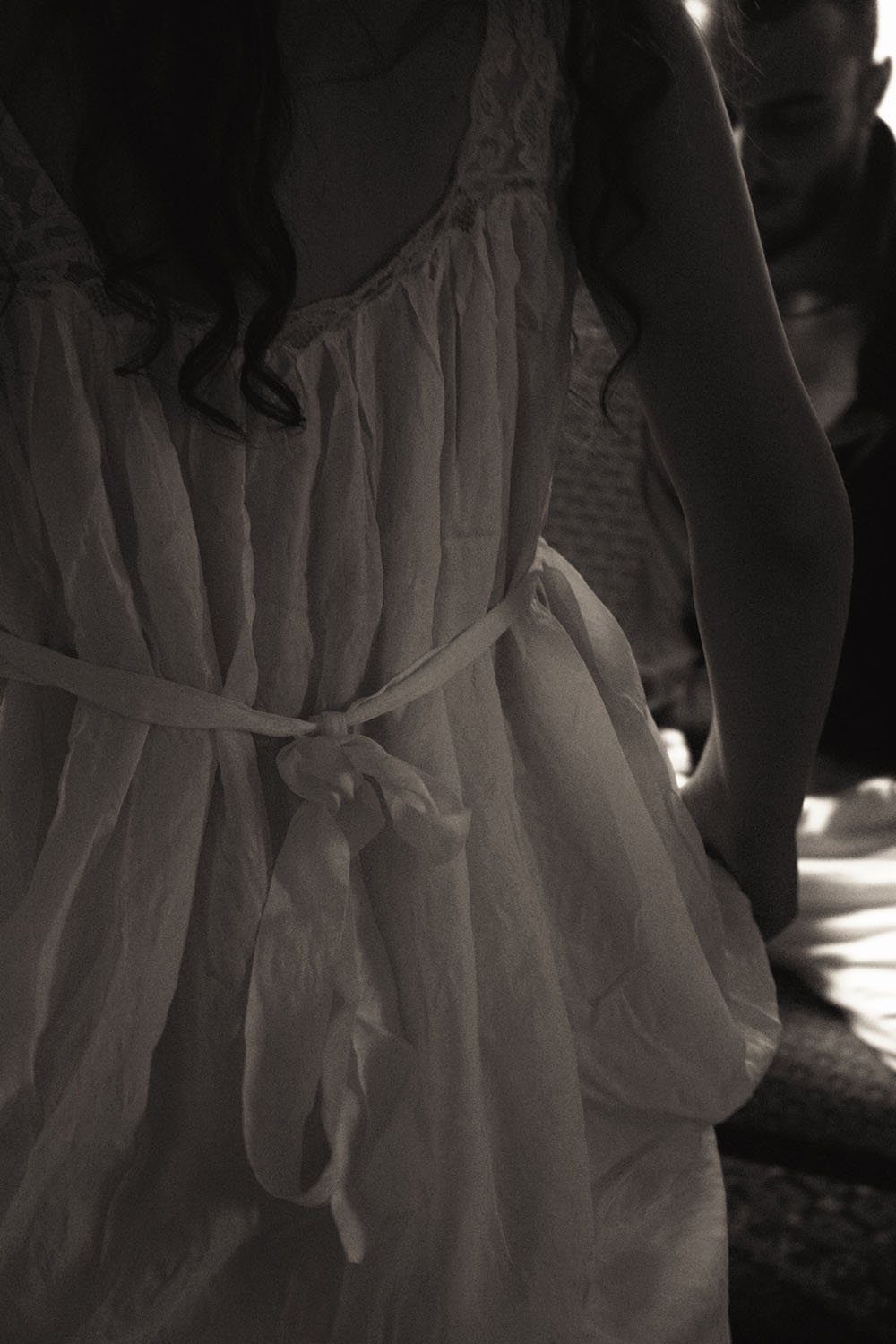
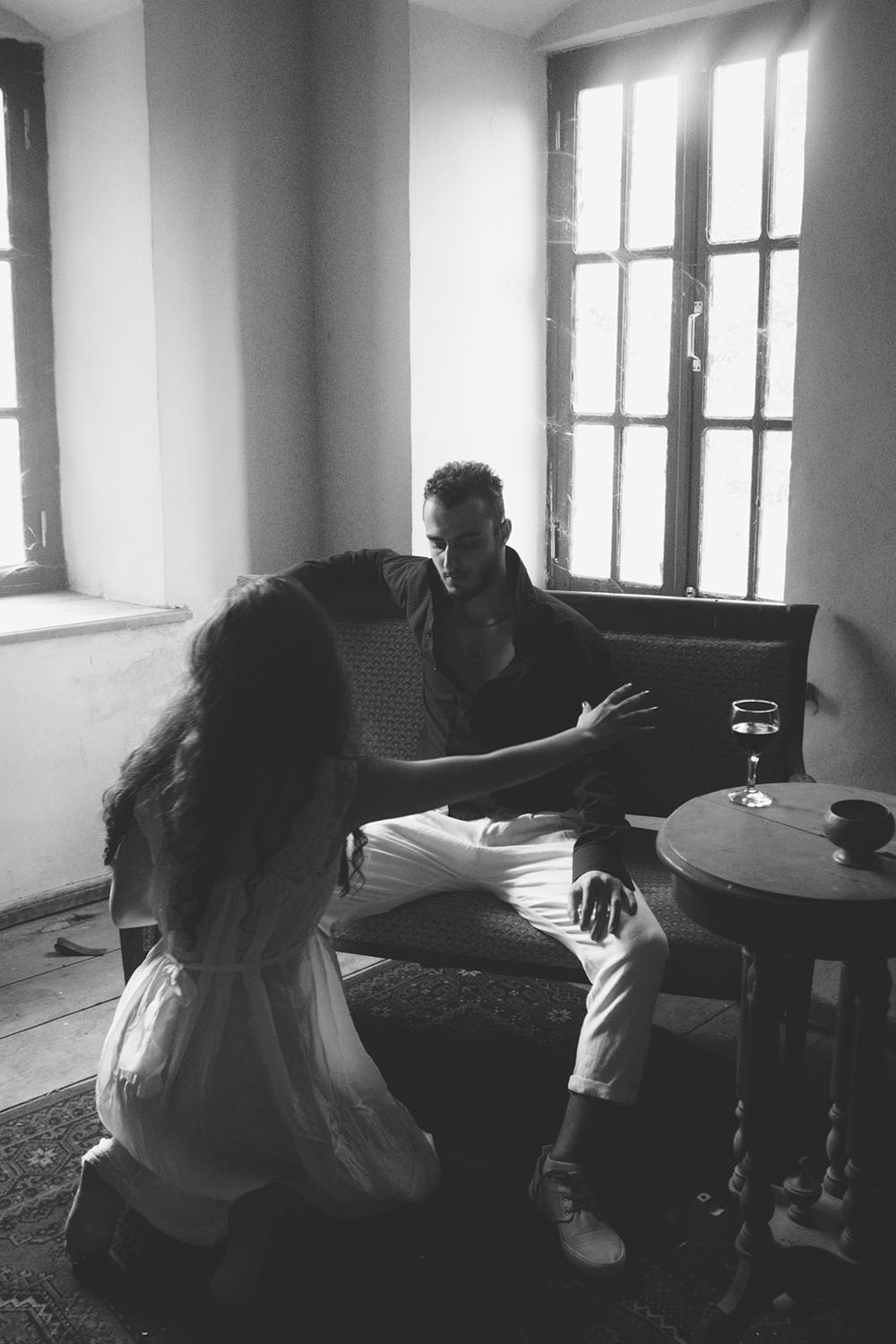
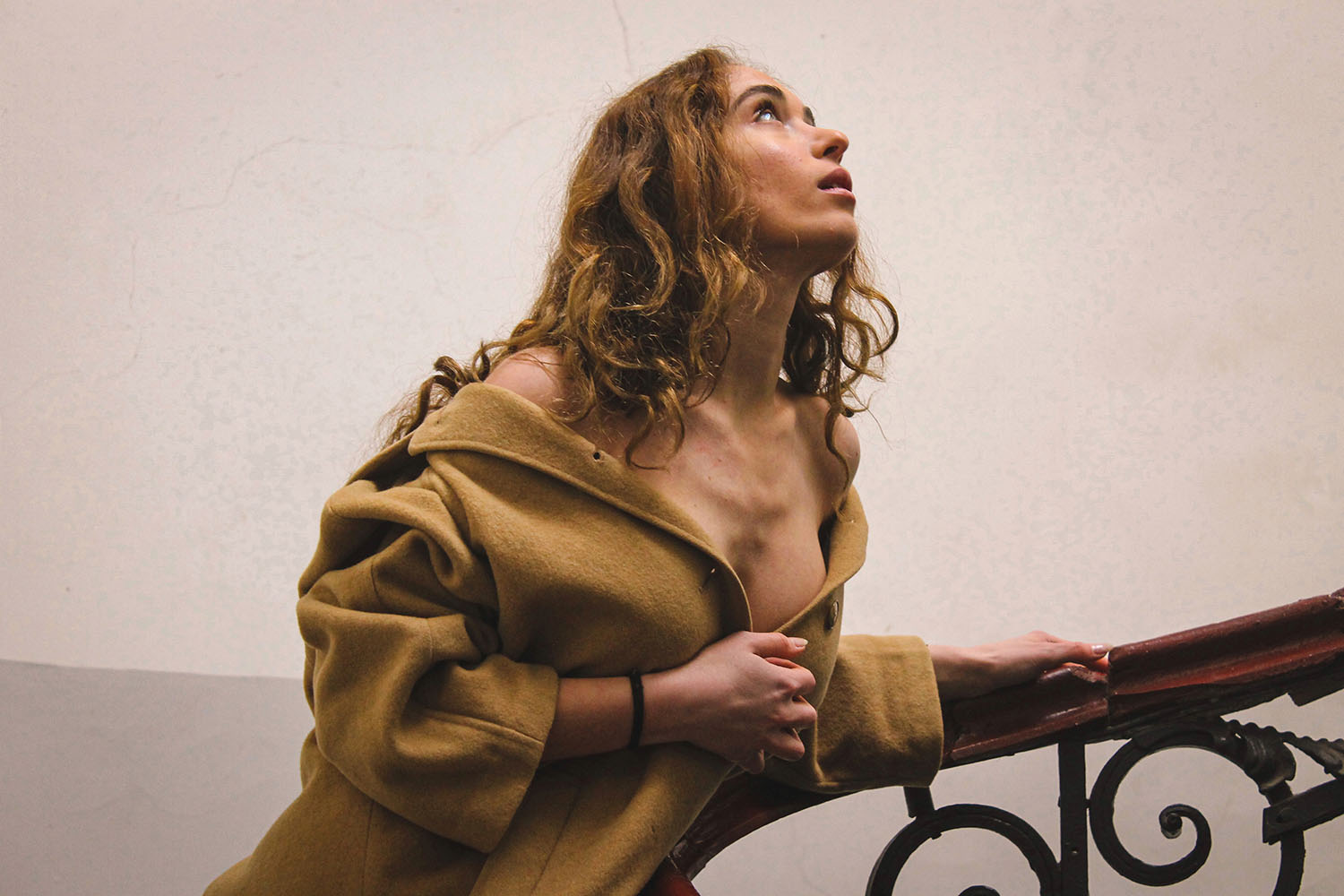
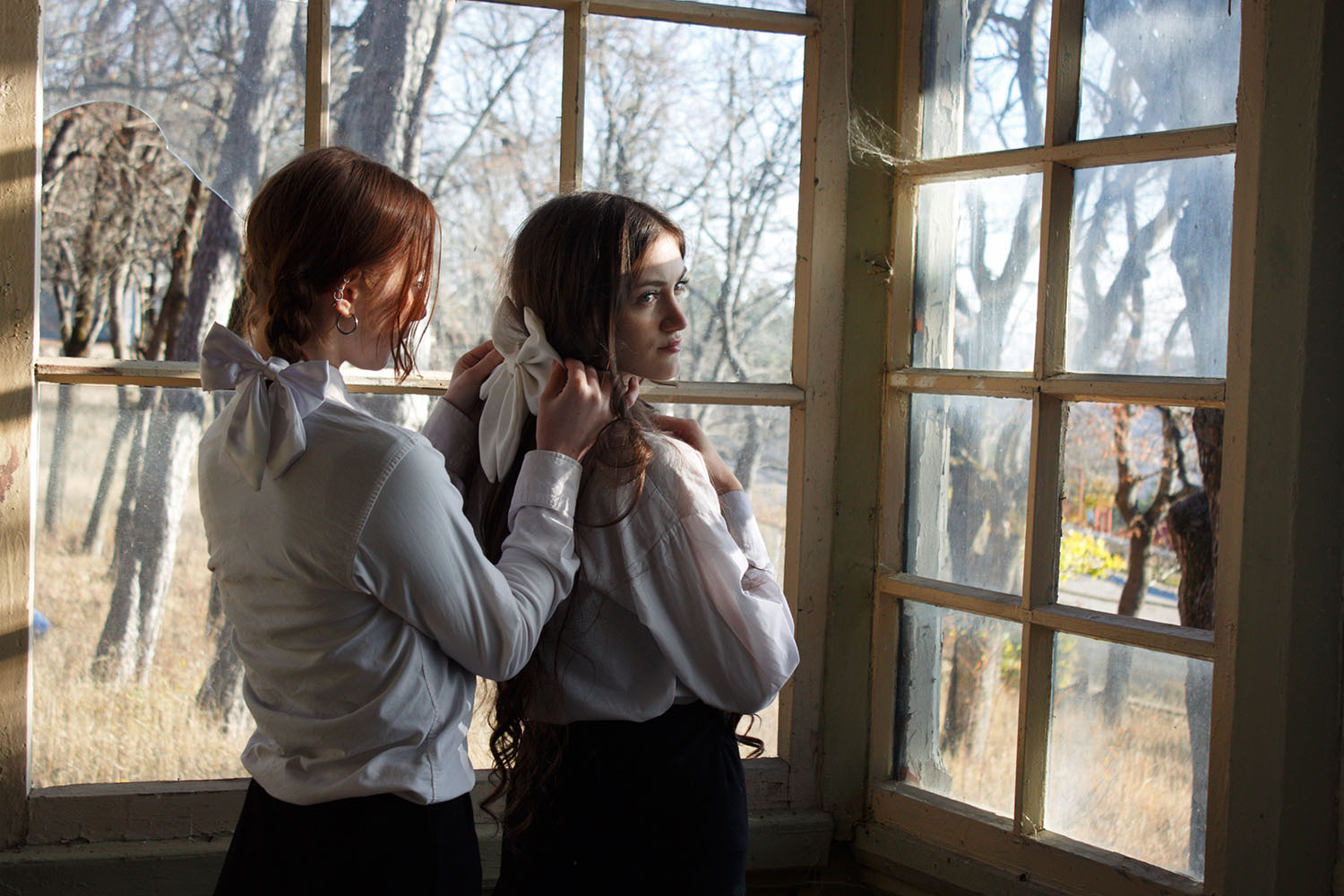
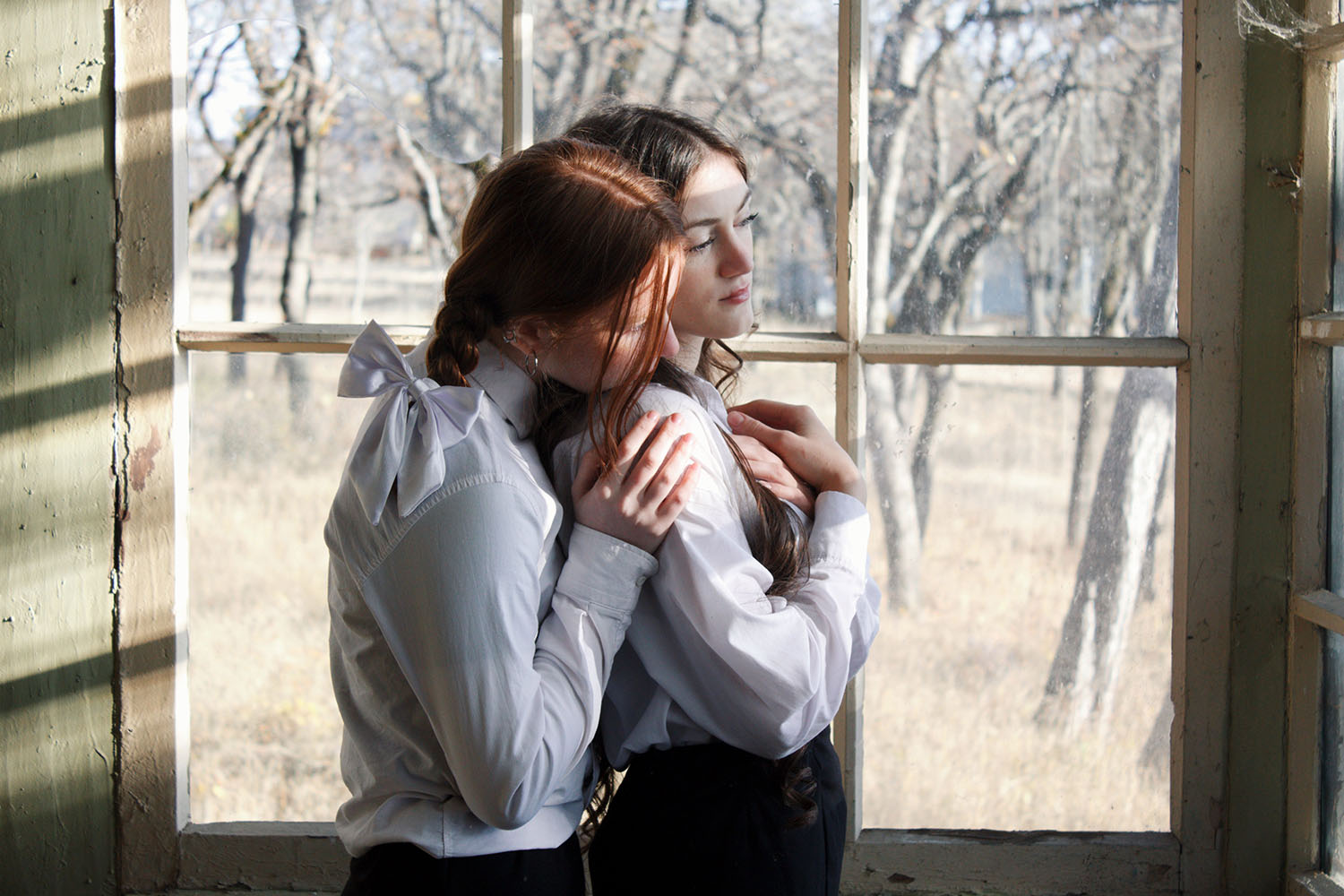
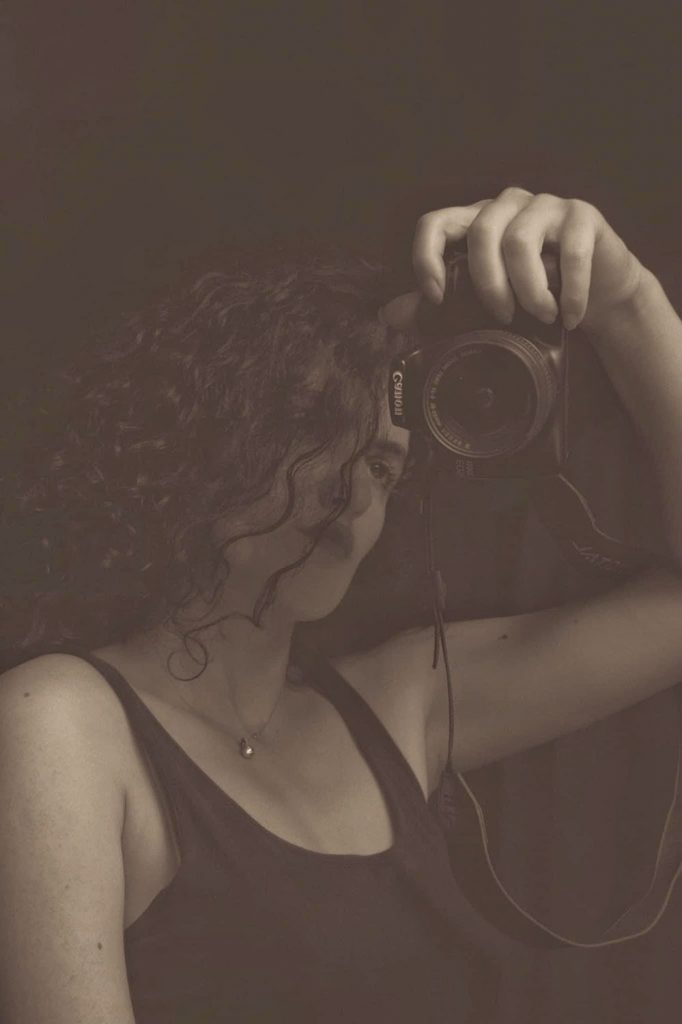

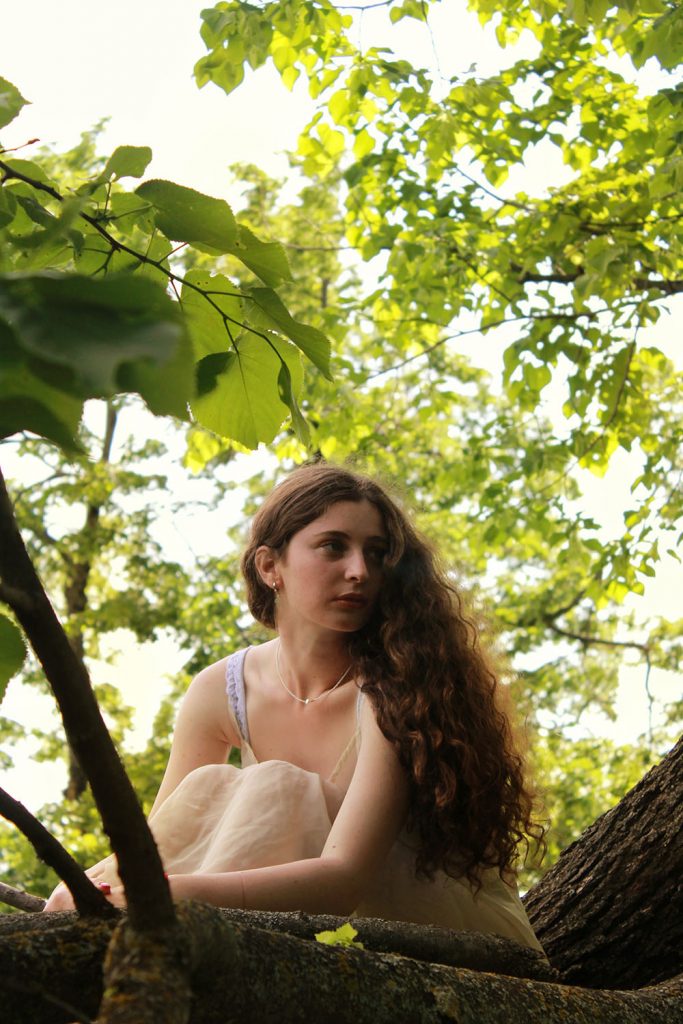
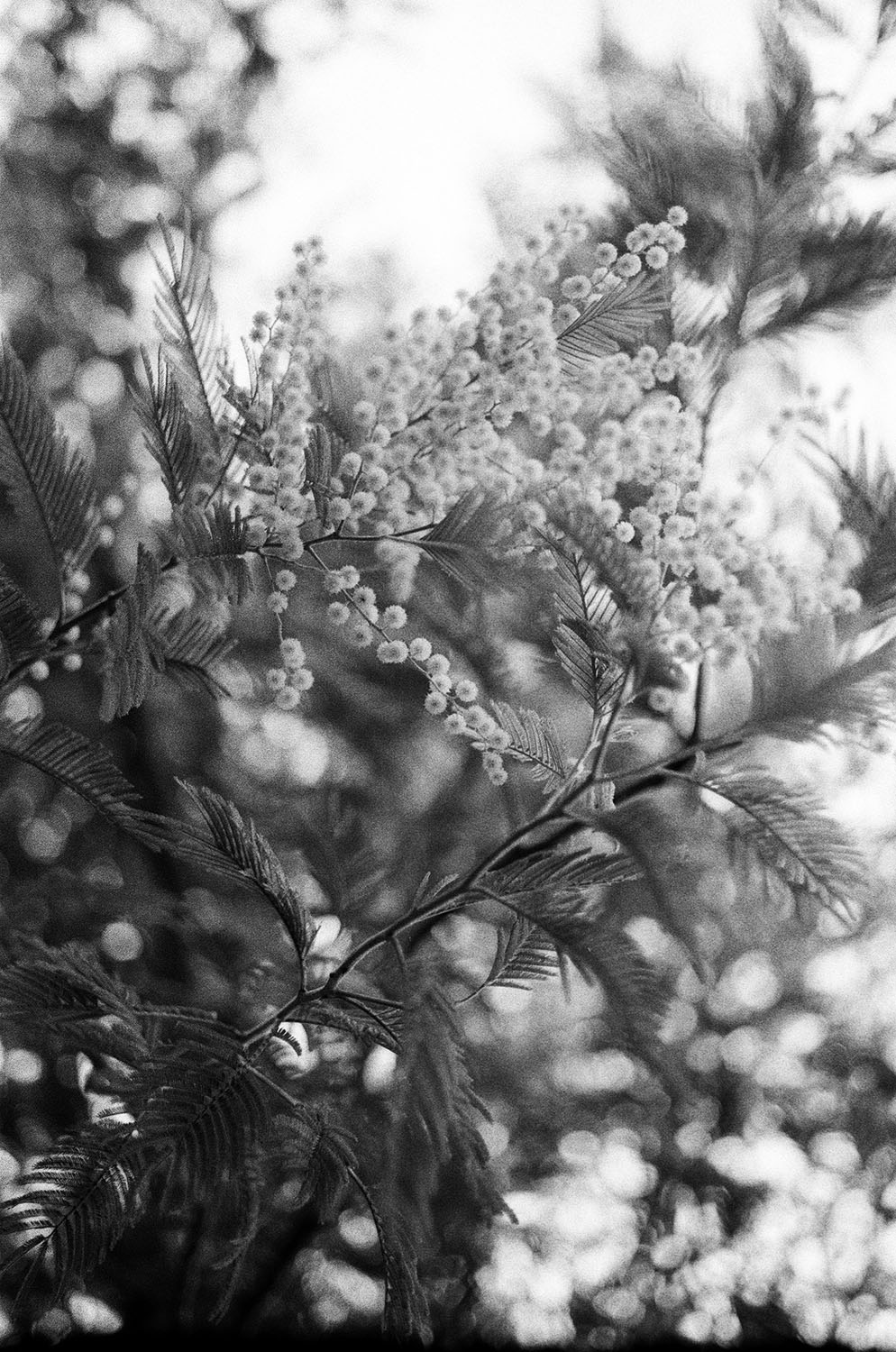
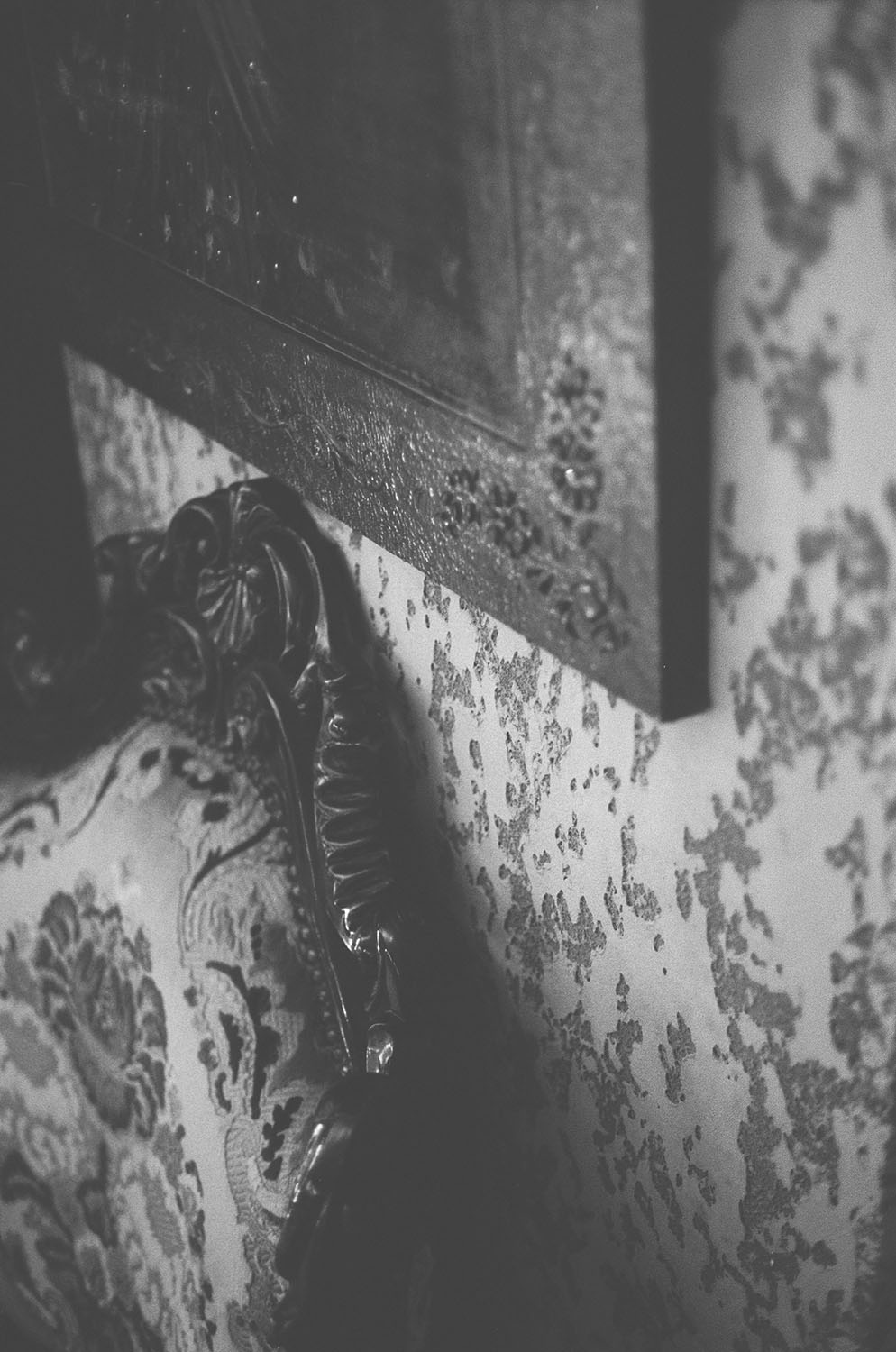
Kentmere PAN 100
Fujicolor C200
Text and Photos by Sofia Patarqlishvili


